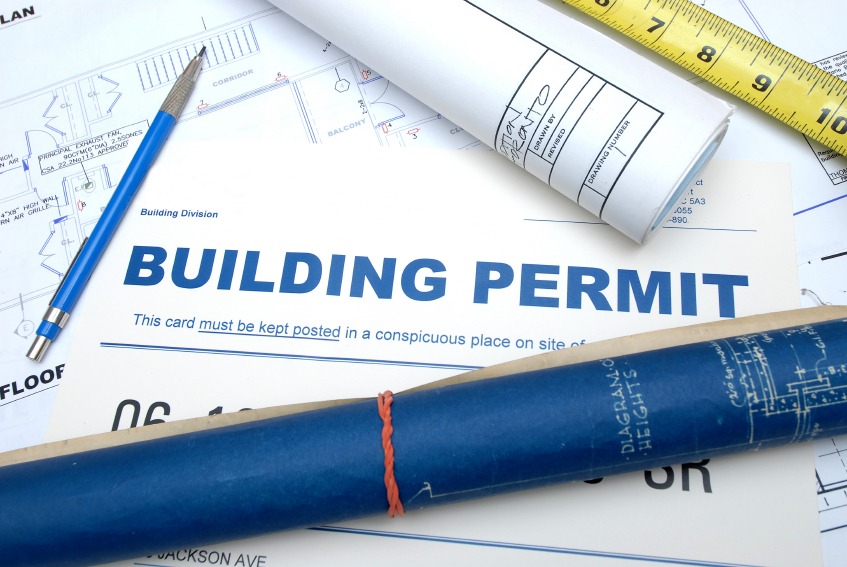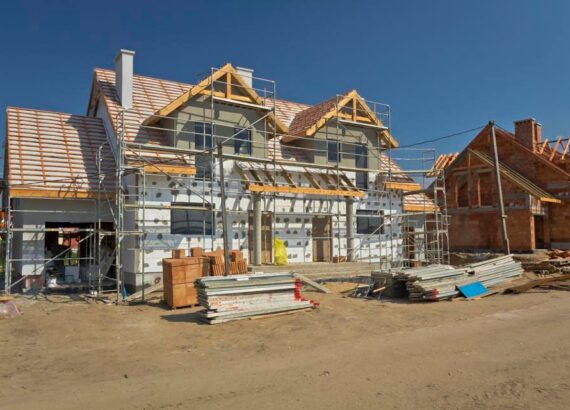What Types of Projects Don’t Need a Permit in Canada?

A building permit is a document issued by the body in charge of enforcing the Building Code in your area. When you want to build, renovate, demolish, or change the use of a building, you need a building permit, and the homeowner is legally responsible for obtaining any necessary building permits. The homeowners must provide the municipality with all necessary information, including detailed renovation plans.
Building Code enforcement, including the issuance of building permits, is generally handled by municipal building departments, though in the case of on-site sewage systems, enforcement is handled by boards of health and conservation authorities in some areas. A permit application is available from the regional building department in your area. Send the application to your local planning office for land-use approval and to the department of environmental quality or the local sanitation authority for septic and sanitation approval. Additionally, you’ll have to pay a permit fee for your application.
Most homeowners are aware that a permit is required when attempting to make major improvements to their home, such as building an addition. However, they frequently make the mistake of assuming that they do not need a permit for minor renovations such as finishing basements or updating electrical or plumbing equipment. A large number of home improvement projects, including do-it-yourself projects, require a permit, and carrying them out without the proper permit could result in costly consequences.
When a building permit is required?
A building permit is required for the majority of renovation, construction, or demolition projects. Overall, the permit system ensures that all home renovations meet basic health and safety requirements, such as fire protection, as well as municipal zoning and heritage standards. In general, a building permit is required for home improvements that involve changes to the structure or systems of your home, such as
- Making new additions,
- Reconfiguring your space by removing or moving any existing walls.
- Adding new windows and doors.
- Installing fireplaces.
- Updating electrical and plumbing systems.
What Types of Projects Don’t Need a Permit in Canada?
Let’s now Move on to discussing the main topic here, which type of Project doesn’t need a permit in Canada?
There are certain projects that don’t require any permit. Repairs and renovations like replacing windows and doors of the same size, painting, siding, installing flooring, and cabinetry typically don’t need a permit, provided they don’t involve making any changes to the house’s systems or structures. The specific requirements vary depending on the municipality. Some other projects that don’t need a permit are discussed below:
- Cabinetry or cupboards
- Concrete pad
- Damp-proof a basement
- A deck less than 600 mm (2 feet) in height
- Decorations
- Driveway – either widening or resurfacing
- An eaves trough if the property’s drainage system is there.
- Fence
- A fireplace that’s decorative gas
- A gazebo that’s 10 square meters or less
- Landscaping work
- Minor masonry repairs
- Painting
- Parking lots without new catch basins, additions, or freshly painted lines
- Replacing a sink, tub, toilet, or shower in the same place as a plumbing fixture
- Re-shingling a roof
- The shed must be less than 15 square meters, one story tall, free-standing, without plumbing, and used only for storage.
- Windows – replacing an existing one with a similar size.




No Comments